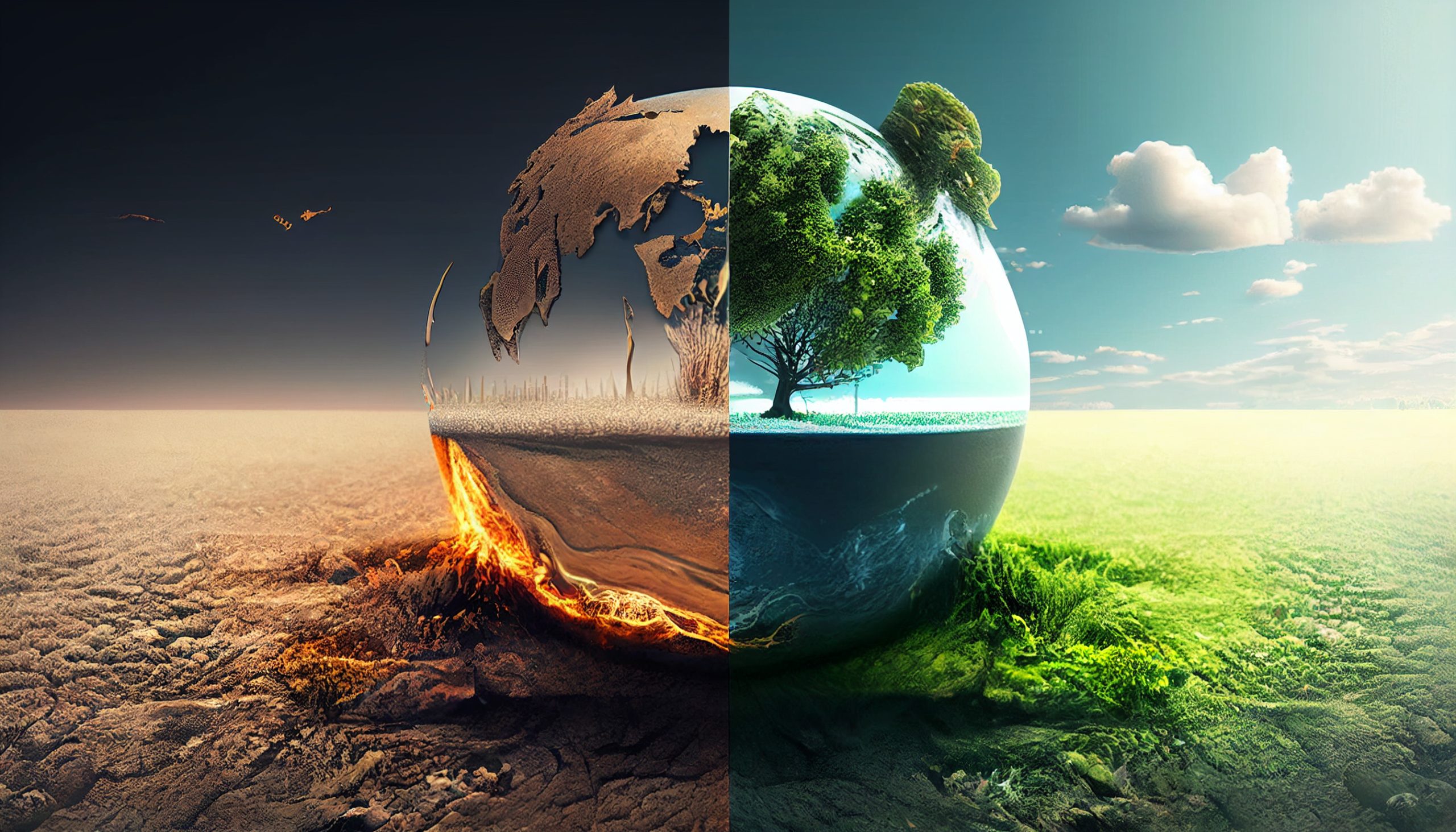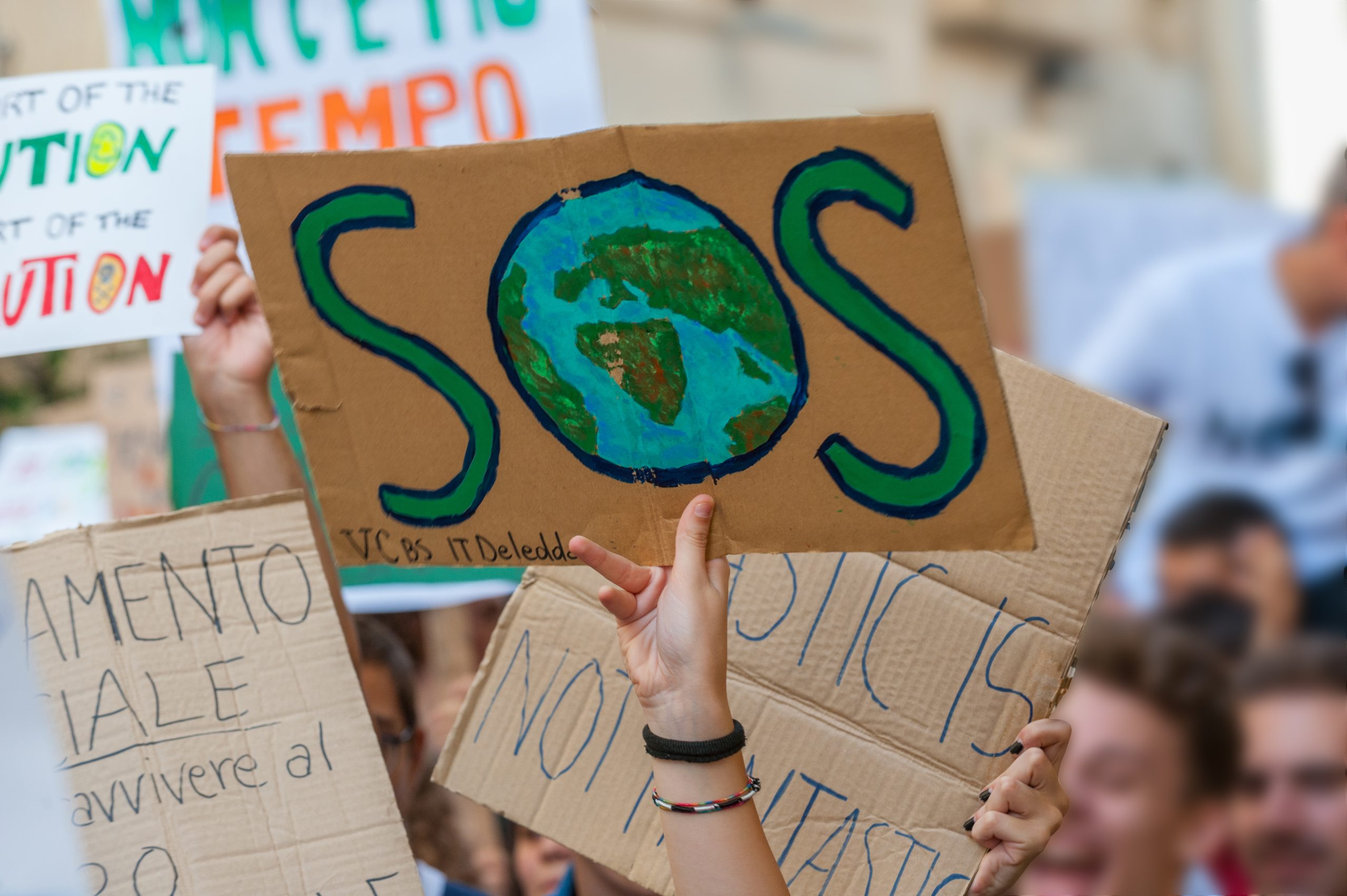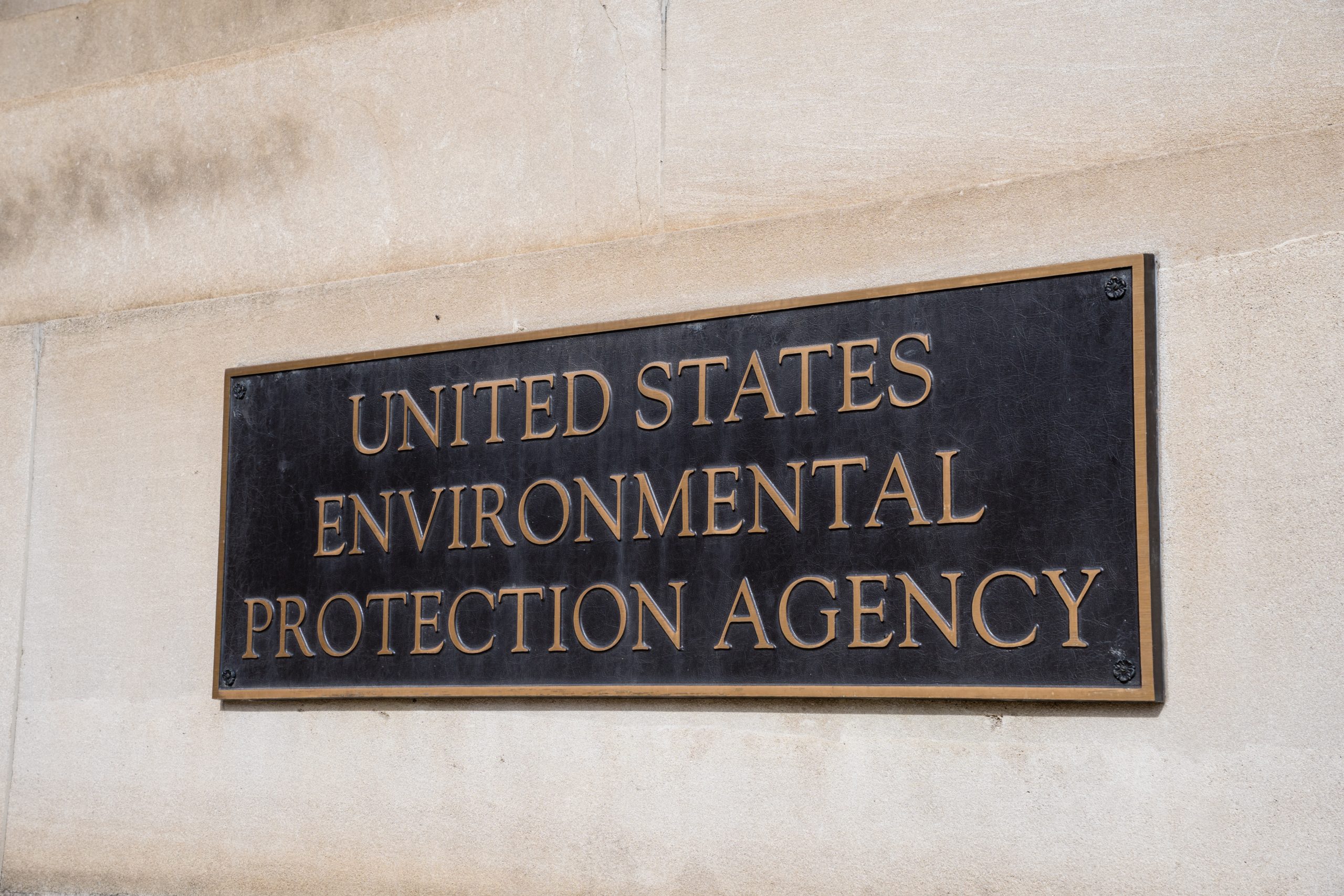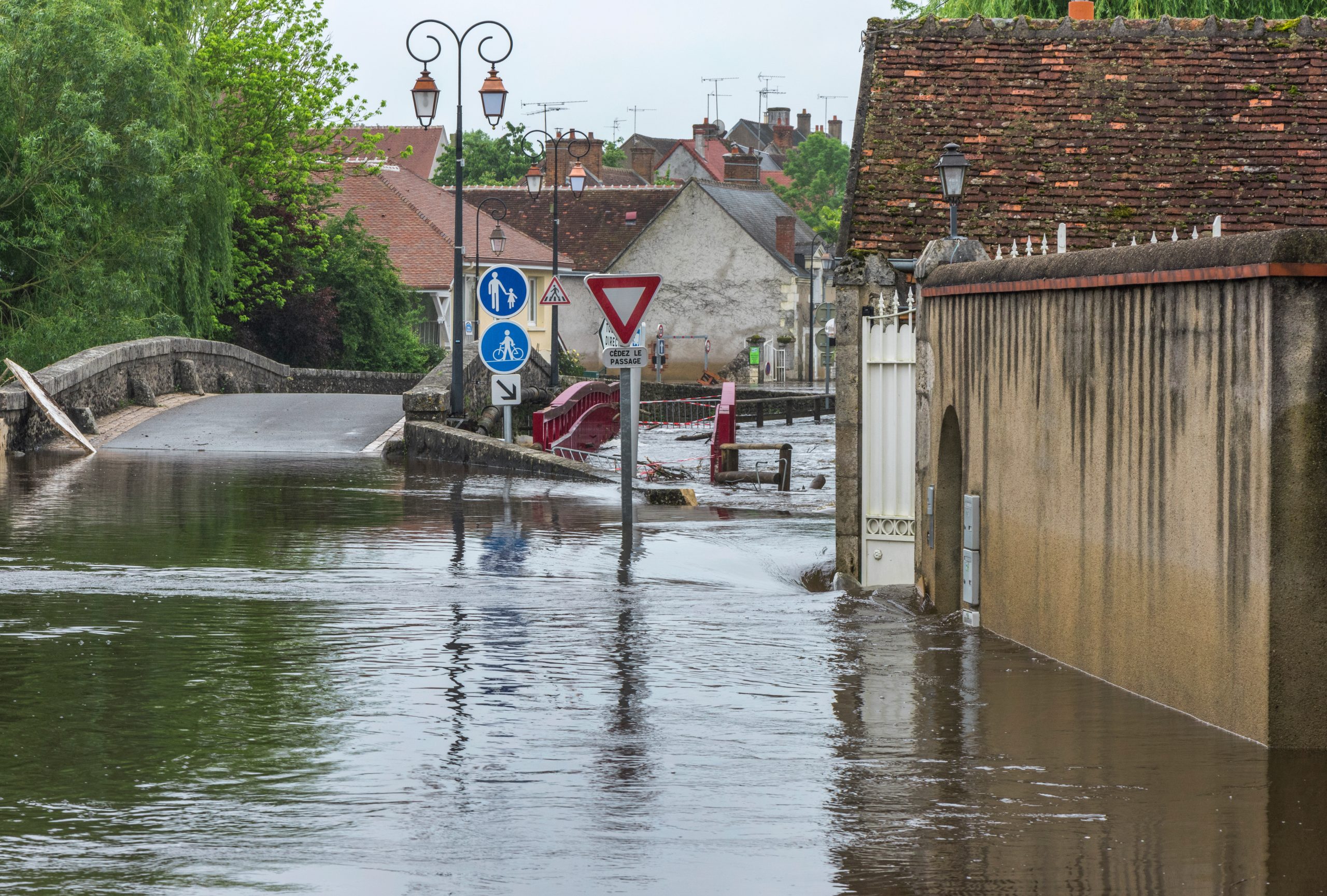2023 has been a year of alarming climate records. We’ve hit new highs in greenhouse gas emissions, and global temperatures in September were a staggering 1.8°C above pre-industrial levels. If this trend continues, we’re looking at 2023 being the warmest year ever recorded.
The Emissions Gap Report 2023 sends a clear message: we need a major course correction. If we fully implement the current nationally determined contributions (NDCs) under the Paris Agreement, we’re still headed towards a 2.9°C rise this century. Even with conditional NDCs, we’re looking at a 2.5°C increase. Neither scenario is remotely acceptable considering the harsh climate impacts we’re already facing.
There’s been some progress since the Paris Agreement was signed in 2015. Initially, greenhouse gas emissions were projected to surge by 16% by 2030. Now, that number’s down to 3%. But to align with the Paris Agreement’s 2°C pathway, we need a further 28% reduction, and an even steeper 42% for the 1.5°C pathway.
The report highlights a crucial need for rapid, economy-wide transformations, particularly in energy. Wealthier nations with higher emissions need to take more ambitious actions and support developing countries. Over two-thirds of global emissions come from low- and middle-income countries, which need to balance development needs with low-emission growth.
The upcoming COP 28 in Dubai will be critical. It marks the end of the first global stocktake under the Paris Agreement. New NDCs will set emissions targets for 2035, and these need to be in line with the 2°C and 1.5°C pathways.
Let’s delve into the specifics:
- Record-Breaking Climate Events: We’re seeing an alarming rate of climate records being shattered. With 86 days already exceeding 1.5°C above pre-industrial levels this year, and September being the hottest month on record, the urgency couldn’t be clearer.
- The Gap Between Pledges and Needs: The Emissions Gap Report assesses the difference between pledged GHG emission reductions and what’s needed to meet the Paris Agreement’s goals. This year’s report is especially significant as it feeds into the global stocktake at COP 28.
- The NDCs’ Role: Current NDCs cover about 80% of global emissions. However, failing to lower emissions as per these commitments will make limiting warming to 1.5°C nearly impossible and greatly challenge the 2°C limit.
- 2022: A Record Year for Emissions: Global GHG emissions and CO2 levels reached new highs in 2022. High-income countries need to speed up emissions reduction and support lower-income countries in transitioning away from fossil fuels.
- Global Emissions Stats: 2022 saw a record 57.4 gigatons of CO2 equivalent in global GHG emissions. Except for transport, all sectors have rebounded from the COVID-19 dip and exceeded 2019 levels.
- Inequalities in Emissions: There’s a stark difference in emissions per capita across countries. For example, the US and Russian Federation have more than double the world average, while India’s emissions are less than half of it. The wealthiest 10% of the global population are responsible for nearly half of all emissions.
- Historical Emissions: Most historical emissions (about 80%) are attributed to G20 countries, with significant contributions from China, the USA, and the EU. The USA, with just 4% of the world’s population, contributed 17% of global warming from 1850 to 2021.
- Progress in NDCs: Since COP 27, nine countries have updated their NDCs, bringing the total to 149. If fully implemented, these NDCs could reduce global GHG emissions by about 5.0 GtCO2e annually by 2030 compared to initial submissions.
- Policy Impact: Policy changes since the Paris Agreement have significantly lowered the projected increase in GHG emissions by 2030, from 16% to 3%. This has also helped to reduce the implementation gap for NDCs.
In essence, the Emissions Gap Report 2023 is a wake-up call. It underscores the urgent need for transformative action and cooperation across nations to combat climate change effectively. The COP 28 meeting is a pivotal moment for countries to align their ambitions with the dire need to reduce emissions drastically.






13 thoughts on “Hotter Than Ever: A Critical Look at Our Warming World”
Comments are closed.